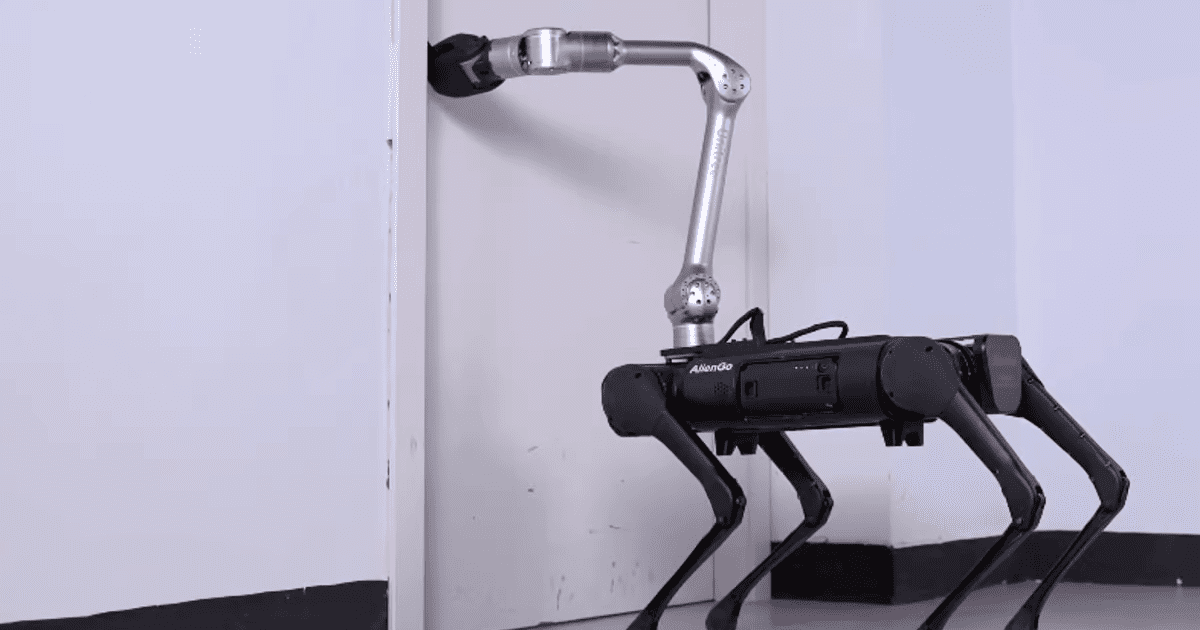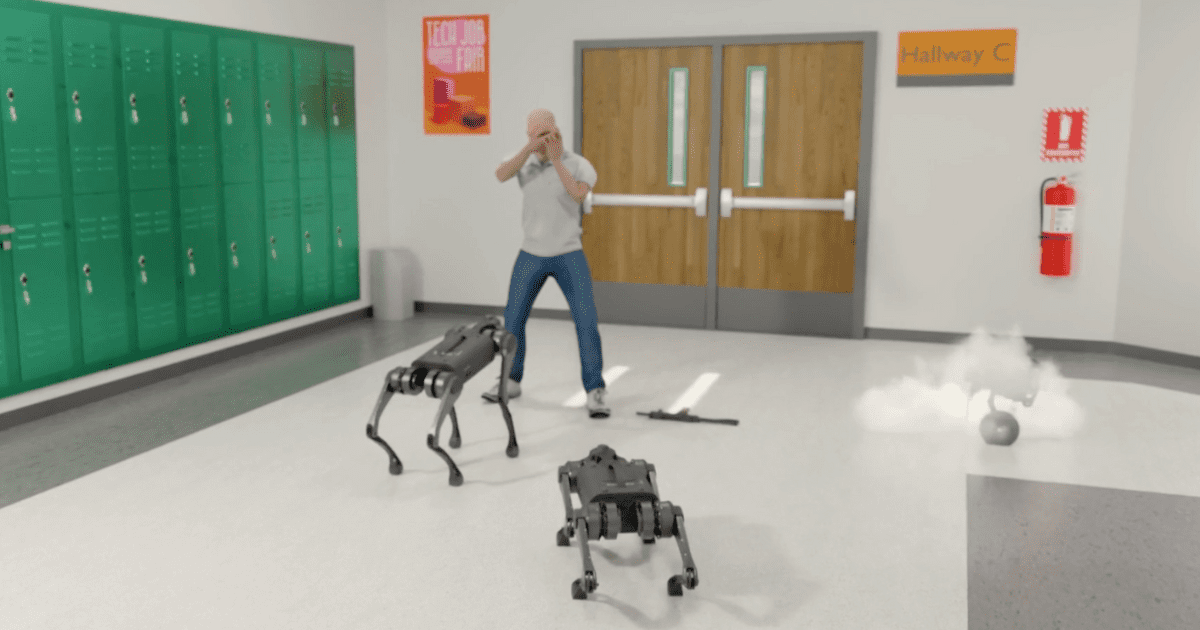Quadruped robots can be used for law enforcement and anti-terrorism efforts. Robotics in law enforcement is becoming more common. Police robots are similar to other types of robots, using AI technology, machine learning, and IoT to perform tasks. The main difference between a police robot and a service robot, for example, is the task they are programmed to carry out. Police robots used by law enforcement and government agencies are programmed to make traffic stops based on driving patterns, use facial recognition to detect criminals, and even prevent fraud.
Quadruped robots are also excellent tools for navigating potentially dangerous situations, such as a bomb scare. Rather than risk the lives of law enforcement agents, you could deploy a quadruped robot to inspect the package, report its contents, and even potentially move the item to a less dangerous location. Robots have also been used in hostage situations, to enter and assess an environment and situation prior to law enforcement officers intervening. While standard mobile robots are generally more efficient on paved roads, most of the world is unpaved and often chaotic. As a result, legged robots are becoming the preferred tools in these situations. Autonomous robots become an addition to the force, enhancing on-ground capabilities without requiring human operators. With autonomous robotics, the robots are commanded to do tasks but in general, are not controlled while performing the task. The autonomous robot offers law enforcement officers an important and invaluable tool when dealing with today’s high-tech criminals.
Law Enforcement can use Advanced Robotics to help:
Save Lives
Robotic dogs can keep officers safe by handling potentially dangerous jobs and reaching tight spaces. Robots can also save civilian lives during natural disasters and building collapses. The robot’s size and cameras allow them to move through the rubble to find survivors. Some even have thermal imaging that will enable them to see in darker spaces and at night.
Surveillance
Thanks to new video and audio quality, robotics have improved connectivity, tracking speeds, and methods. Advanced robotics can conduct stake outs, identify suspects, and track down criminals.
Home Security
Homeowners can even use robots to detect suspicious activity, like trespassing or break-ins. Sensors detecting audio and visuals can alert authorities. Robots for law enforcement are helping make homes safer across the country.
Fraud Prevention
Law enforcement must be proactive against fraud, and robots are helping them track the right people down to be held accountable. Artificial Intelligence robots use predictive modeling to learn from previous fraud or theft instances. After studying previous cases, robots can alert law enforcement when similar cases occur.
Deploying Robotic Dogs
Law enforcement officers are experimenting with quadruped robots. They claim that these robots will keep responders out of harm’s way, as they scout for security threats. These robots are also capable of scanning the body temperatures of station visitors, officers, and other staff to keep everyone safe during the pandemic period.
Disaster Recovery
Catastrophic events like major floods, hurricanes, and earthquakes cause serious damage. Law enforcement officials can deploy robots and drones to search for and rescue people and animals that are stranded in collapsed buildings and other places that are hard to find. These technologies help officers to reach the places where humans are unable to go and focus on quick assistance in times of need.
Using Robots as Police Officers
Police robots are equipped with infrared cameras capable of reading license plates. They also have wireless technology that can identify smartphones within its range down to the IP addresses. Police robots can call human police officers on the suspects.






